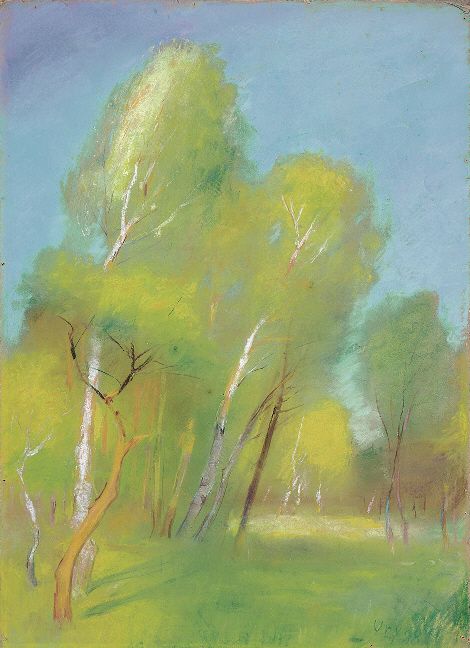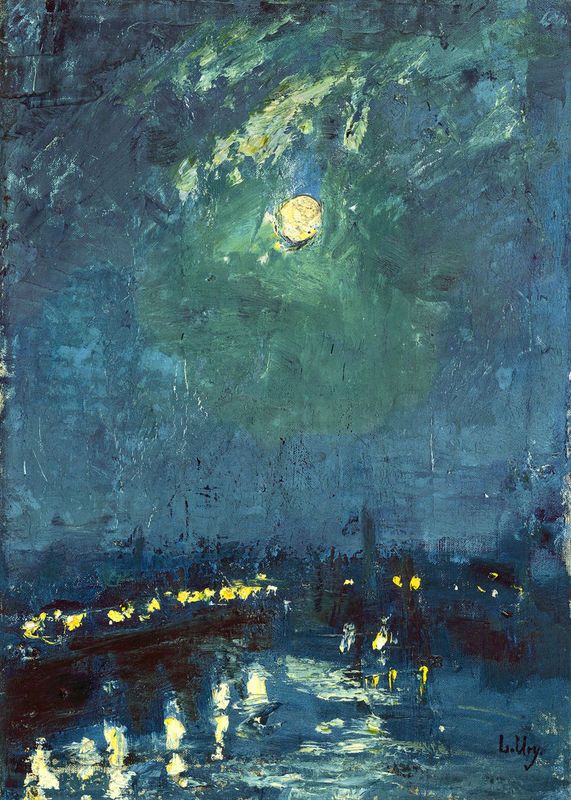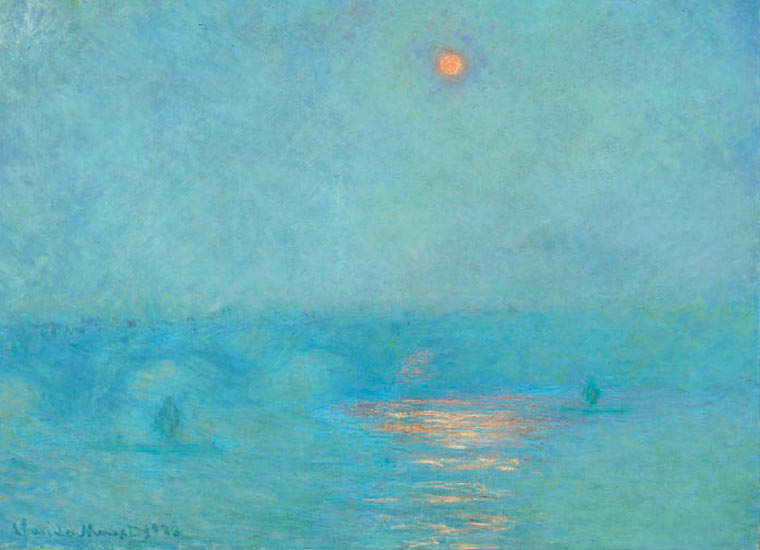I will neither take you abroad, nor lead
you astray. Come, then, with me to Islington - not Islington of 1860 but
Islington five-and-forty years ago, when the "Angel" tavern was a fine old
crumbling inn, with a courtyard and galleries, with pigeon-hole bedrooms and
capacious stables; when the "Peacock" was the grand rendezvous of the northern
mails, and the scarlet coats of the guards and coachmen made the old king's
birthday a gala in goodly Islington.
At that time Islington as comparatively a suburban village; old " and "Highbury Barn" were landmarks for cockney adventurers; and so, indeed, was "Copenhagen House" where now stands the Cattle Market, and where the water to make tea for the company was dipped from a proximate pond and blackberries were plentiful in the vicinity where now costly edifices, termed villa residences, have been erected, and adorn the neighbourhood by their architectural good taste and beauty. "Canonbury House" was then in existence, and the pond opposite the old tower abounded in gold and silver fish; and just beyond that spot the schoolboys, now grown old men like myself, went to bathe in that part of the New River called the "Sisters", where, at the present time, terraces of well-built houses with grassy slopes grace the river bank.
The oldest public-house in the vicinage of London bowed its venerable head in the Lower Road; and ancient chronicles tell us that in that hostelry Izaak Walton, the poet and angler, had often rested and related his sport to the assembled guests. A modern gin-shop now desecrates that hallowed spot; and the native antiquary sheds a tear as he passes over old recollections, and, if not a very pious man, is apt to give way to an anti-benediction against modern Vandalism.
history.ac.uk/sites/default/files/publications/pubid-340/images/fig92.gif (for such was the sign of the antiquated public-house reverted to) in Colebroke Row, dwelt that accomplished, though simple essayist, Charles Lamb. There, in the cottage now dedicated to the manufacture of double soda-water by one Webb, a man of great, though effervescent popularity, did the author of "Elia" ponder obver his graphic pen, and give to the world those masterly essays and criticisms which, though he has long since departed from amongst us, still live to embelish our literature, instruct our youth, and adorn our libraries.
Just be stood Rhodes's cow-house, wherefrom I have many a good time got up early and fetched milk to boil for my breakfast, that same milk, with bread, being a great treat to me in my boyhood's days, which, by the by, I cannot say were entirely passed in Islington, but in the main entry to that ancient village, St. John's Street or Islington Road, which happens - as, indeed, also does the tavern so well known as the "Angel" of Islington - to be in the parish of Clerkenwell. Islington, however, was the Brighton, Margate, and Ramsgate of the boys of the adjoining localities; and every half-holiday country lodgings were taken and occupied in the trees and fields near to the bathing-quarters of the "Sisters", High-bank, the Sluice House and Hornsey Wood.
At that time Islington as comparatively a suburban village; old " and "Highbury Barn" were landmarks for cockney adventurers; and so, indeed, was "Copenhagen House" where now stands the Cattle Market, and where the water to make tea for the company was dipped from a proximate pond and blackberries were plentiful in the vicinity where now costly edifices, termed villa residences, have been erected, and adorn the neighbourhood by their architectural good taste and beauty. "Canonbury House" was then in existence, and the pond opposite the old tower abounded in gold and silver fish; and just beyond that spot the schoolboys, now grown old men like myself, went to bathe in that part of the New River called the "Sisters", where, at the present time, terraces of well-built houses with grassy slopes grace the river bank.
The oldest public-house in the vicinage of London bowed its venerable head in the Lower Road; and ancient chronicles tell us that in that hostelry Izaak Walton, the poet and angler, had often rested and related his sport to the assembled guests. A modern gin-shop now desecrates that hallowed spot; and the native antiquary sheds a tear as he passes over old recollections, and, if not a very pious man, is apt to give way to an anti-benediction against modern Vandalism.
history.ac.uk/sites/default/files/publications/pubid-340/images/fig92.gif (for such was the sign of the antiquated public-house reverted to) in Colebroke Row, dwelt that accomplished, though simple essayist, Charles Lamb. There, in the cottage now dedicated to the manufacture of double soda-water by one Webb, a man of great, though effervescent popularity, did the author of "Elia" ponder obver his graphic pen, and give to the world those masterly essays and criticisms which, though he has long since departed from amongst us, still live to embelish our literature, instruct our youth, and adorn our libraries.
Just be stood Rhodes's cow-house, wherefrom I have many a good time got up early and fetched milk to boil for my breakfast, that same milk, with bread, being a great treat to me in my boyhood's days, which, by the by, I cannot say were entirely passed in Islington, but in the main entry to that ancient village, St. John's Street or Islington Road, which happens - as, indeed, also does the tavern so well known as the "Angel" of Islington - to be in the parish of Clerkenwell. Islington, however, was the Brighton, Margate, and Ramsgate of the boys of the adjoining localities; and every half-holiday country lodgings were taken and occupied in the trees and fields near to the bathing-quarters of the "Sisters", High-bank, the Sluice House and Hornsey Wood.












 Claude Monet
Claude Monet







